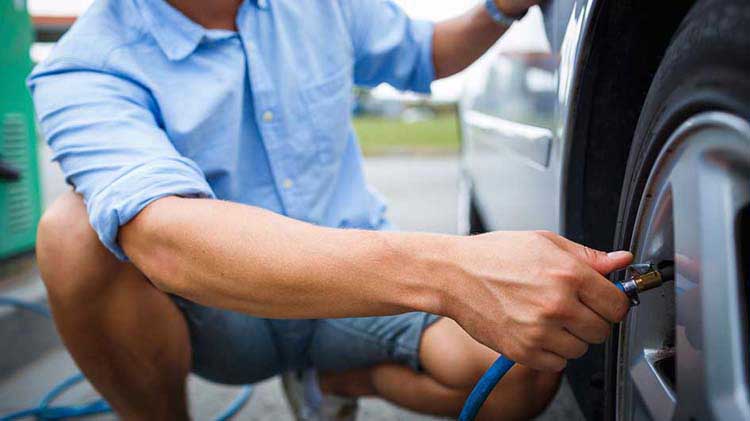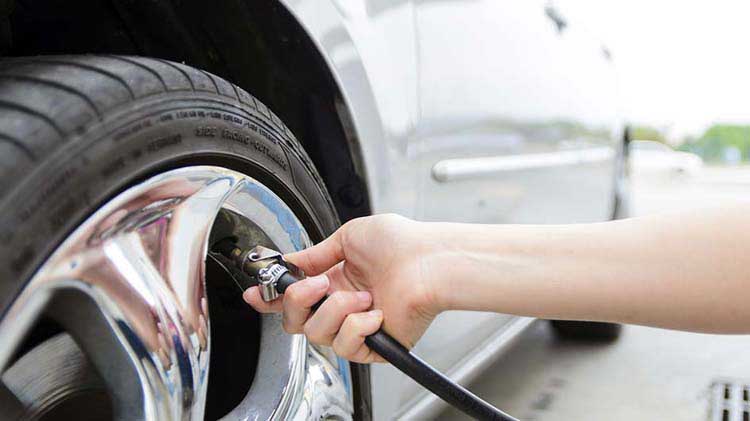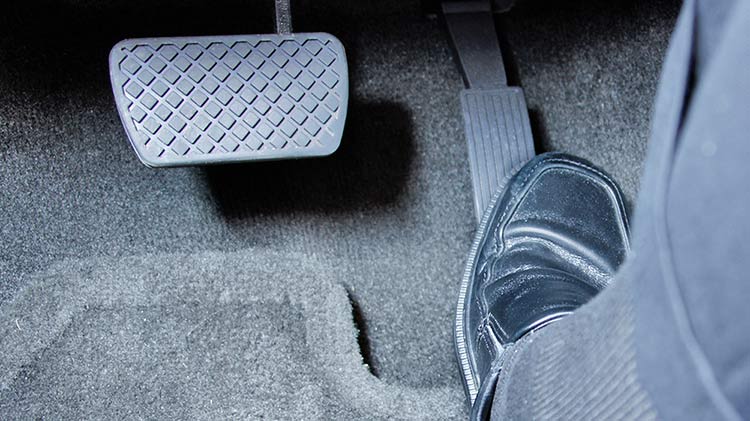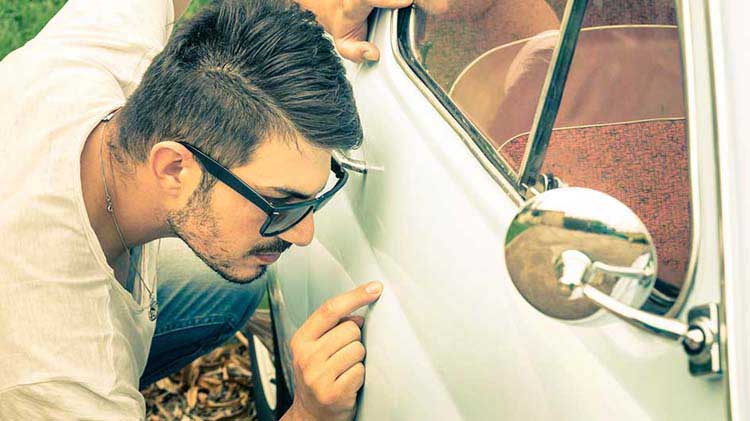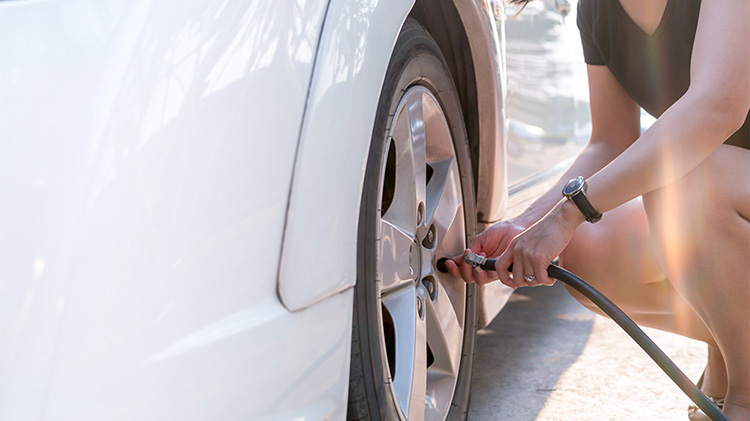Use less gas with these fuel efficiency tips
Regardless of the vehicle you drive, these techniques may help you save gas.
Did you know you can save considerably at the gas pump just by modifying your driving habits? Regardless of the type of car you drive, good driving habits contribute to better fuel economy, which saves money and helps the planet, too.
Perform routine maintenance
Your car needs the right proportions of air and fuel to run efficiently. A well-maintained vehicle will run at its best.
Keep tires rotated and inflated to ideal pressure
To help evenly distribute the wear and tear on your tires, the recommendation is to have your tires rotated every 5,000 to 8,000 miles. Under-inflated tires tend to decrease mileage. (They're dangerous, too.) Check manufacturers' recommendations and make sure your tires are inflated to the maximum PSI, measured when cold.
Get an auto insurance quote
Want to protect your car?
Glide into your stops
As you approach a stop sign or light, take your foot off the gas pedal earlier and let your car downshift before applying the brake.
Combine short trips
Warm engines run more efficiently than cold ones. Planning your errands so you travel in a sequence instead of backtracking is an efficient way to save time, as well as gas.
Drive at moderate speeds
While every vehicle is different, mileage decreases quite rapidly over 50 mph in most cases. To save gas, stay at or under the speed limit, and drive at a consistent rate of speed. Use cruise control on long trips.
Drive friendly
Aggressive driving habits such as gunning the engine, speeding, screeching around corners and jamming on the gas pedal are major fuel wasters. Avoid fast acceleration and generally drive in a measured and moderate fashion to achieve top fuel savings.
Travel light
Extra weight in the car creates a drag on the engine and consumes extra gas. Don't haul around heavy loads if you don't have to. Check the trunk and back of the vehicle for unnecessary items that may be safely stored elsewhere.
Keep your car aerodynamic
Good aerodynamics affect your car's fuel efficiency by reducing drag, especially at high speeds. Keep windows and moon roof closed on the freeway. Even keeping the car's exterior clean can make a difference.
Use the highest feasible gear
Driving at high speeds in lower gears burns excessive fuel. On a manual transmission, pay attention to RPMs as you accelerate and shift into high gear as soon as you reasonably can.
Avoid excessive idling
Idling uses a surprising amount of fuel — more than restarting the engine. If you need to wait in your parked vehicle for more than a minute or two, switch off the engine and only start up again when you're ready to continue driving. In extreme weather, it's nice getting into a comfortable car but be conscious of how long the vehicle is idling so fuel isn't wasted.
Ride share
You'll cut per-person fuel consumption in half when you share a ride. Ask friends and colleagues who live near you or frequent the same places you do to share a ride. You can split gas costs as many ways as there are passengers.
